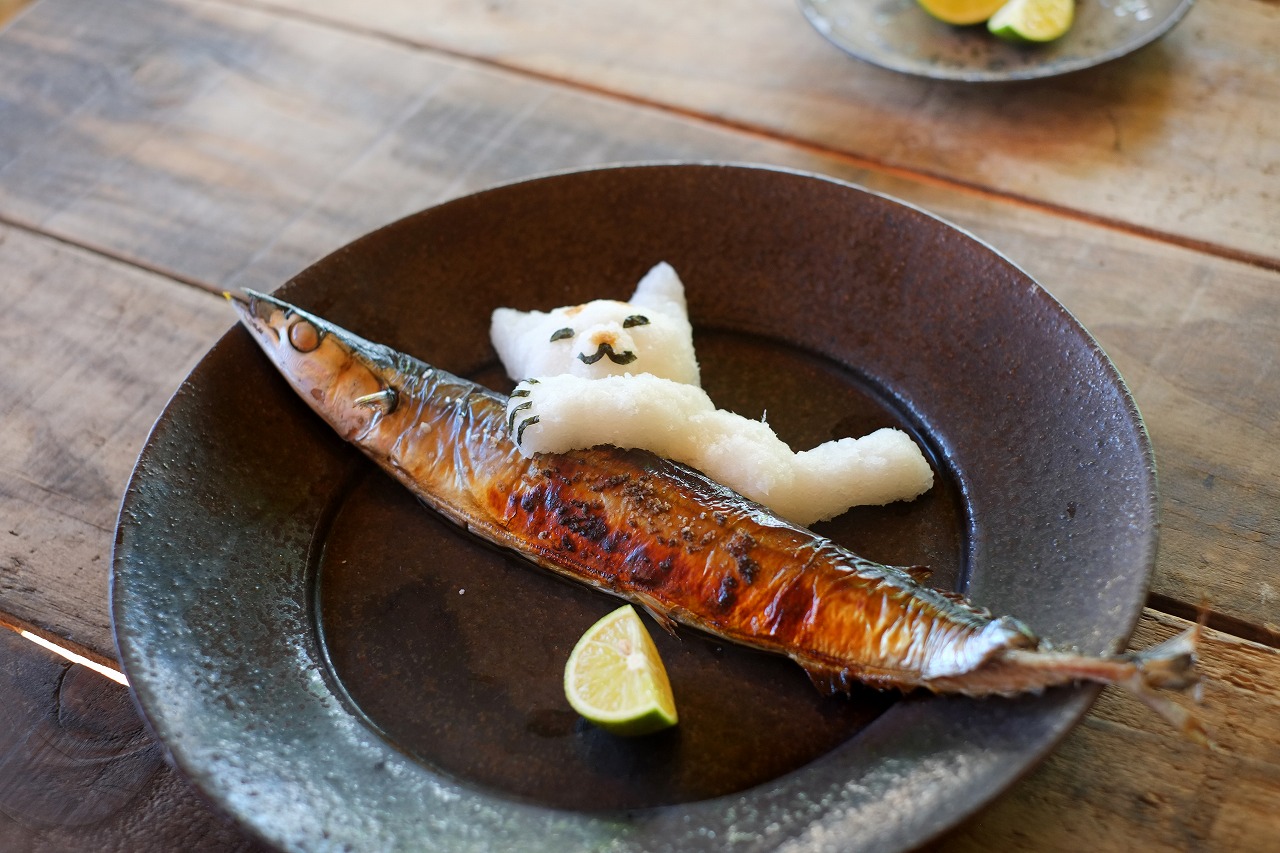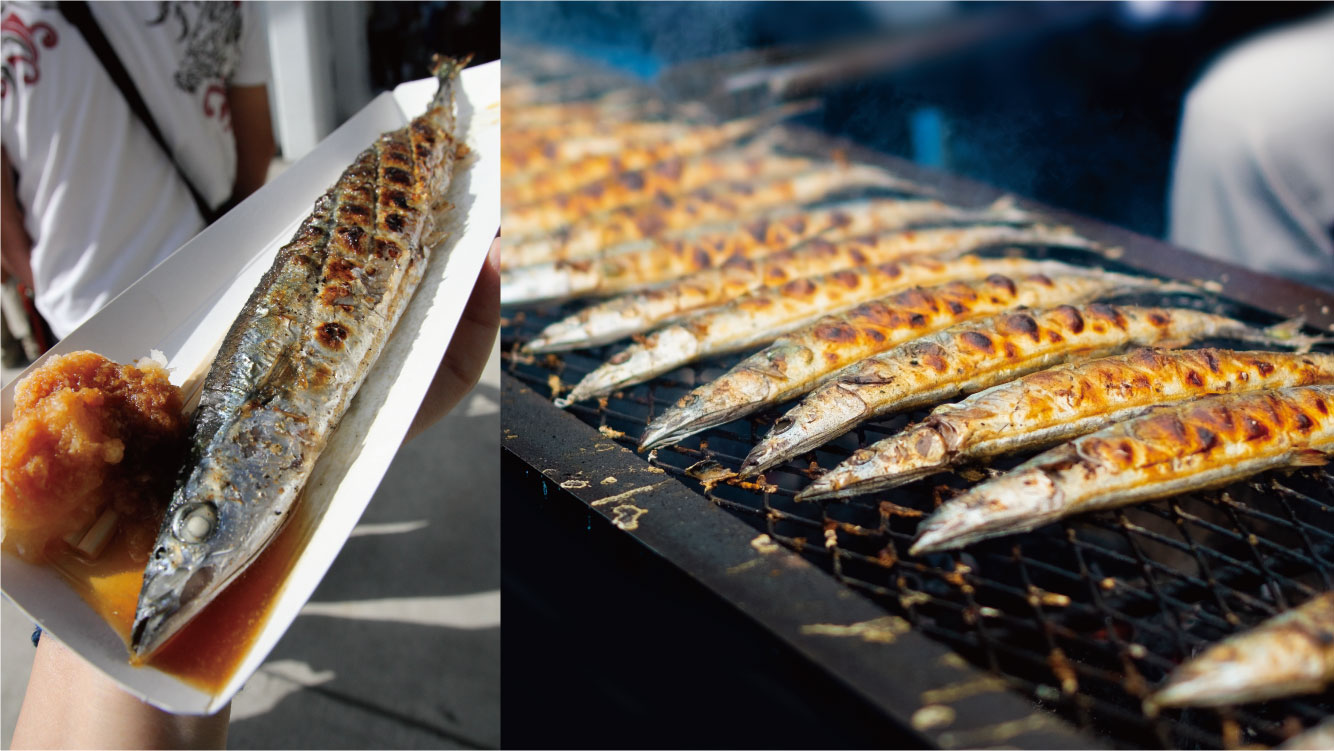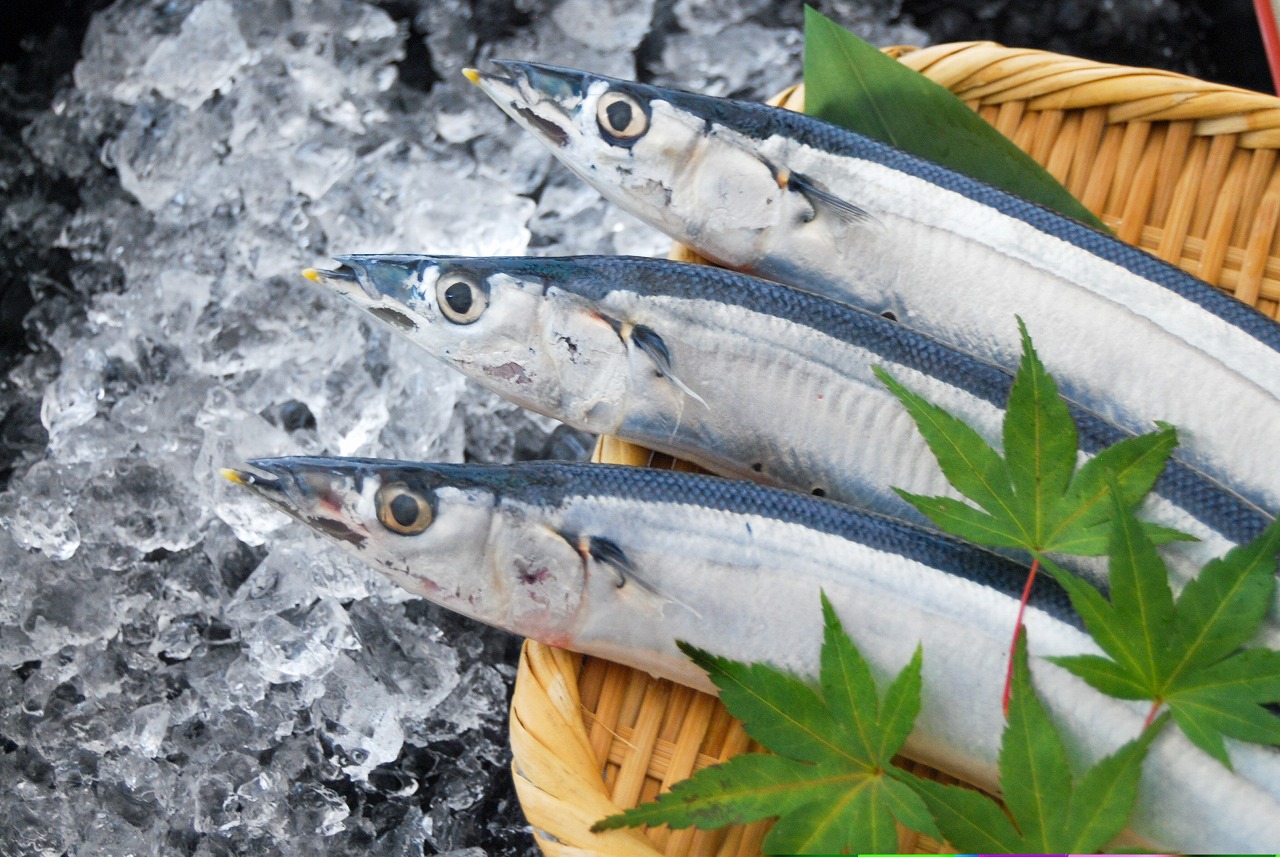News & Blogs
Catch of pacific saury (秋刀魚), a traditional flavor of autumn in Japan, is declining year after year.
Numbers of 2021 annual saury festivals have been cancelled nationwide due to the pandemic.
Is saury really a Tokyo specialty? The Rakugo title, "Saury in Meguro" is the origin of the saury festivals held in the entire country.
In this blog, we touch on diverse topics about Japanese food cultures, practices together with the culinary secret, TREHA®, and its important role in the Japanese food industry. We hope our blog helps you obtain in-depth knowledge of Japanese cuisine and the science behind it, which is hard to find elsewhere.
This post is contributed by Chikako, a member of Team TREHA®. She is from Fukushima Prefecture that is well-known for its top quality fresh produce and fishery products. The prefecture has been playing a supporting role to develop the nation's culinary culture for centuries. This is her tribute to the thriving communities in Fukushima and the northern part of Japan affected by the 2011 disasters.
Japan has four distinct seasons. Because of it, Japanese people are known to value seasonal ingredients, which showcase the height of the flavors available in each season. Not only is seasonal food delectable and nutritious, but also reasonably priced due to its abundance. Japanese people must have known by experience that such seasonal ingredients provide the necessary nutrients that keep them healthy.
Catch of pacific saury (秋刀魚), a traditional flavor of autumn in Japan, is declining year after year.
Autumn is a harvesting season, which brings out the best out of various raw materials and ingredients. Saury is an iconic seasonal fish in autumn, which is even spelled as "秋刀魚 (autumn fish with a shape of sword)" in Kanji characters. Since the Edo period (the 1700s), saury has been loved for its flavor and reasonable pricing. Salt-grilling is the most common preparation method for saury in autumn. Grilled saury is usually served with grated Daikon radish and a slice of citrus fruit such as Sudachi or lemon to be squeezed right before consumption.

In recent years, this nation's autumn favorite is facing a big challenge. Since 2019, the catch has dramatically dropped causing the price to skyrocket. A series of typhoons together with overfishing is thought to be the main cause of the poor catch. Normally, a supermarket would sell saury at 100 yen (about 1 US dollar) a piece in October. Unfortunately, it is not the case this year.
Countless of 2021 annual saury festivals have been cancelled nationwide due to the pandemic.
Every autumn, cities that have high landings of saury all over the country host "Saury Festivals" to celebrate the peak of its flavor. Those who participate in the festivals appreciate the gifts from the ocean while enjoying the seasonal saury grilled over charcoal.

Last year (in 2020), an extraordinarily long waiting line was formed even during the pandemic to receive the complementary saury at the saury festival held in Miyagi Prefecture. The festival was able to offer only 2000 servings due to the poor catch of the season. In fact, the most famous and original saury festival is held in the big city of Tokyo. It is named "Meguro Sanma (saury) Festival". Fresh saury is transported from its friendship city, Kesennuma City, Miyagi Prefecture, which has one of the highest catch of saury year after year. The annual festival is crowded with tens of thousands of visitors looking for fresh charcoal-grilled saury. In 2019, the festival had to use previously frozen saury for the first time due to the poorest catch in history. In 2020 and 2021, festivals have been cancelled for the precautionary measures to prevent the spread of Coronavirus (COVID-19) in the public. Many other cities are also employing precautionary cancellations, which saddens many of us. I hope that the saury festivals come back in full swing to celebrate this enticing seasonal delicacy.
Is saury really a Tokyo specialty? The Rakugo title, "Sanma (saury) in Meguro" is the origin of the saury festivals held in the entire country.
The famous "Meguro Sanma (saury) Festival" in Tokyo makes you believe Meguro boasts the highest catch in the country. That is not the case. Meguro is an inland area, a distance away from the ocean front. The festival is associated with one of the classic Rakugo (traditional Japanese comic storytelling) titles called "Saury in Meguro (Meguro no Sanma)".
This is how the story goes:
The Shogun went on a long horse ride to Meguro with a group of servants. He got hungry after the workout, but the servants did not bring a lunch box for him. The Shogun, who reacted to the enticing smell wafting from a farmhouse, ordered the servant to get him the food. The servants were reluctant to do so by explaining to their master that saury is low grade, commoners' food, not worthy to be consumed by the Shogun. The Shogun was so hungry and so attracted to the smell that the servant ended up obtaining the grilled saury for their master. The Shogun had saury for the first time in his life and fell in love with it, however, the servants asked the Shogun not to tell anyone that he ate low-grade commoner's food. The Shogun, who badly wanted to taste saury once again, could not help requesting his host to entertain him with saury at the banquet he was invited to. The chefs dispatched the fastest horse rider to purchase fresh saury at the prestigious Nihonbashi fish market. Then, they used the finest skills to prepare saury by steaming to drain the excess fat, and removing every single bone from the fish in consideration to the nobleman's well-being. The saury was served in a bowl as it totally fell apart, which is far from what the Shogun tasted in Meguro.
Shogun: "This is not what I tasted previously. I ask thee for where the fish was procured."
Servants: "My lord, the fish was properly acquired from a designated purveyor at the Nihonbashi fish market."
Shogun: "Nonsense! Saury has to be properly procured in Meguro."
The punchline presents ironic humor that saury, as commoners' gourmet, could taste absolutely bland when prepared with care for a nobleman, whereas it is absolutely delicious when prepared in an unsophisticated commoners' way. It is no exaggeration to say, the punchline, "Saury has to be procured in Meguro" rings a bell for almost all Japanese who can associate saury to the Rakugo title.
Reasonable and yet delicious, saury is a casual delicacy for commoners, "middle-class" in a modern expression. As a commoner, I just hope saury does not become a luxurious item only limited to someone like the Shogun.

Did you find this blog interesting?
Please share it with your friends in the foodservice industry.
We regularly update the blog about the food culture of Japan, where TREHA® was discovered for culinary applications.
Click here and send us a message to subscribe.
Or hit us up on Instagram @trehalose_sensei!
You might also be interested in:
Japanese seasonal delicacies Part 4: Satsuma oranges (みかん mikan)
Japanese seasonal delicacies Part 6: Sansai (山菜) mountain vegetables

